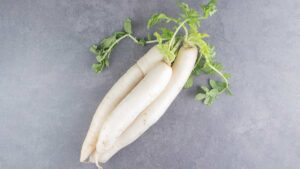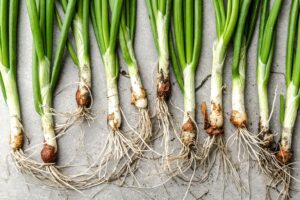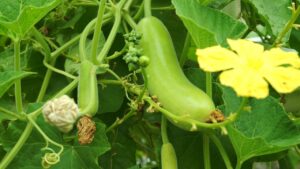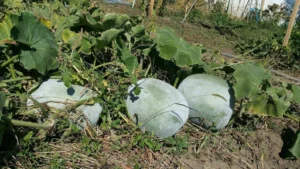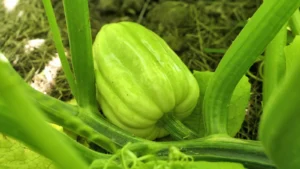How to Grow and Use Tomatillos: A Complete Guide for Home Gardeners
Tomatillos are a versatile and rewarding crop that can transform your homemade salsas and Mexican dishes with their bright, tangy flavor. Native to Mexico, these husked fruits are relatively easy to grow and can thrive in both garden beds and containers when given the right care. In this comprehensive guide, I’ll walk you through everything you need to know about growing tomatillos at home – from seed starting to harvest and beyond.
What Are Tomatillos?
Tomatillos (Physalis philadelphica or Physalis ixocarpa) are members of the nightshade family, related to tomatoes but with a distinctive papery husk that encloses the fruit. The name “tomatillo” means “little tomato” in Spanish, but their bright, acidic flavor is quite different from tomatoes.
These plants produce small, green fruits (typically 1-2 inches in diameter) that are essential ingredients in Mexican green sauces, salsas, and other dishes. When ripe, the fruit fills its husk and turns from green to yellowish-green, though they’re typically harvested while still green for the best flavor.
When and Where to Plant Tomatillos
Tomatillos are warm-season crops that require similar growing conditions to tomatoes. According to the USDA Plant Hardiness Zone Map, tomatillos grow best in zones 5-12 across the United States.
Planting Timeline
| Zone | Indoor Seed Starting | Transplanting Outdoors | Direct Sowing | Harvest Period |
|---|---|---|---|---|
| 5-6 | 6-8 weeks before last frost | After all danger of frost | Late spring | July-October |
| 7-8 | 5-7 weeks before last frost | 2 weeks after last frost | Mid-spring | June-October |
| 9-10 | 4-6 weeks before last frost | Early spring | Early spring | May-November |
| 11-12 | Year-round in mild areas | Year-round in mild areas | Year-round in mild areas | Year-round |
Site Selection
Tomatillos thrive in:
- Full sun (at least 6-8 hours daily)
- Well-draining soil
- Slightly acidic to neutral soil pH (6.0-7.0)
- Protected areas away from strong winds
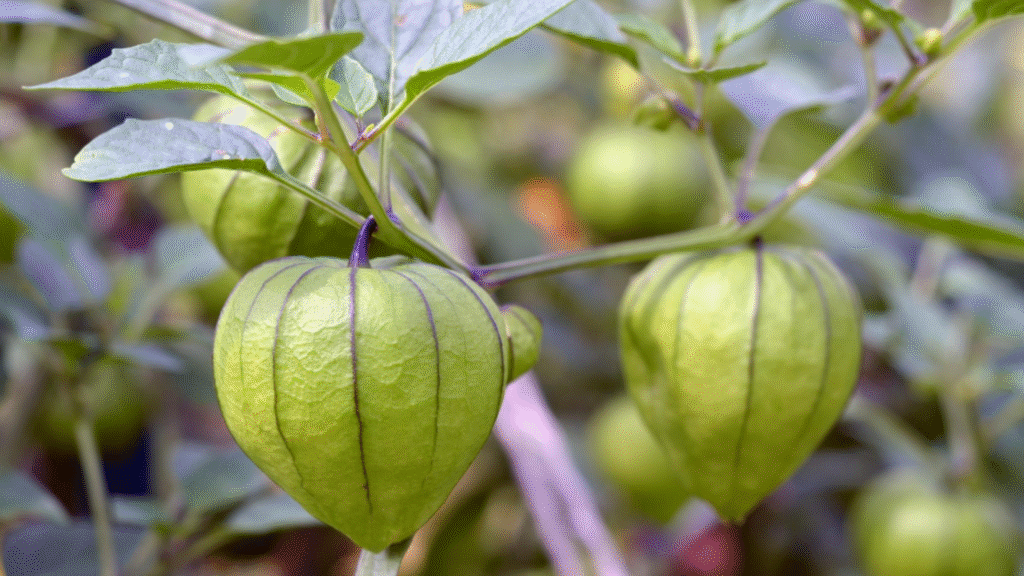
Growing Tomatillos from Seed
Starting tomatillos from seed is economical and gives you access to more varieties than might be available as transplants at your local garden center.
Indoor Seed Starting
- Timing: Start seeds indoors 6-8 weeks before your last expected spring frost date.
- Materials needed:
- Seed starting mix
- Small pots or seed trays with drainage
- Heat mat (optional but helpful)
- Grow lights or sunny windowsill
- Spray bottle for watering
- Planting process:
- Fill containers with moistened seed starting mix
- Plant seeds ¼ inch deep
- Cover lightly with soil
- Mist to moisten the soil
- Cover with plastic dome or plastic wrap to maintain humidity
- Germination conditions:
- Temperature: 70-80°F (21-27°C)
- Keep soil consistently moist but not soggy
- Seeds typically germinate in 7-14 days
- After germination:
- Remove humidity dome
- Provide 14-16 hours of light daily
- When seedlings develop their first true leaves, thin to the strongest plant per cell/pot
- Begin fertilizing with a half-strength, balanced liquid fertilizer every 2 weeks
Transplanting Seedlings Outdoors
Once all danger of frost has passed and soil temperatures reach at least 60°F (15°C), you can transplant your tomatillo seedlings outdoors:
- Hardening off: Gradually expose seedlings to outdoor conditions over 7-10 days.
- Spacing: Plant tomatillos 24-36 inches apart in rows 3-4 feet apart.
- Planting depth: Set plants slightly deeper than they were growing in their containers.
- Support: Install cages, stakes, or trellises at planting time (tomatillos can grow 3-4 feet tall and spread widely).
- Watering: Water thoroughly after transplanting.
Direct Sowing Seeds Outdoors
In warmer regions (zones 9-12), you can direct sow tomatillo seeds:
- Wait until soil temperatures reach at least 60°F (15°C).
- Prepare soil by loosening and amending with compost.
- Sow seeds ¼ inch deep and 2-3 inches apart.
- Once seedlings reach 3-4 inches tall, thin to final spacing of 24-36 inches apart.
Growing Tomatillos in Containers
Tomatillos can thrive in containers, making them accessible for gardeners with limited space or poor soil conditions.
Container Requirements
- Size: Minimum 5-gallon pot per plant (larger is better)
- Material: Any container with drainage holes works (plastic, ceramic, fabric)
- Soil: High-quality potting mix with added compost
Container Growing Tips
- Location: Place containers where they’ll receive at least 6-8 hours of sunlight.
- Support: Install a cage or stake at planting time.
- Watering: Check moisture levels daily, as containers dry out faster than ground soil.
- Fertilizing: Apply liquid fertilizer every 2-3 weeks, as nutrients leach out more quickly from containers.
- Spacing: Plant one tomatillo per 5-gallon container, or two plants in a large 15-20 gallon container.
Tomatillo Plant Care
Watering
Proper watering is crucial for successful tomatillo growth:
- Provide 1-1.5 inches of water weekly
- Water deeply and less frequently rather than shallow, frequent watering
- Use drip irrigation or soaker hoses to keep foliage dry
- Increase watering during fruit set and hot weather
Fertilizing
Tomatillos aren’t heavy feeders compared to tomatoes, but they do benefit from:
- Initial application of balanced fertilizer (10-10-10) at planting time
- Side dressing with balanced fertilizer when plants begin to flower
- Compost tea applications every 3-4 weeks during growing season
Mulching
Apply 2-3 inches of organic mulch around plants to:
- Conserve soil moisture
- Suppress weeds
- Regulate soil temperature
- Prevent soil-borne diseases from splashing onto plants
Support and Pruning
Tomatillos grow as sprawling, bushy plants that benefit from:
- Sturdy cages, stakes, or trellises
- Optional pruning of suckers to improve air circulation
- Tying branches to supports as they grow
Common Tomatillo Problems and Solutions
Pests
- Flea beetles: These tiny jumping beetles create small holes in leaves.
- Solution: Row covers early in the season, insecticidal soap applications
- Aphids: Small sap-sucking insects that cluster on new growth.
- Solution: Strong spray of water, insecticidal soap, encouraging beneficial insects
- Hornworms: Large green caterpillars that can quickly defoliate plants.
- Solution: Handpicking, Bacillus thuringiensis (Bt) applications
Diseases
- Powdery mildew: White powdery coating on leaves.
- Solution: Improve air circulation, avoid overhead watering, apply fungicides if necessary
- Early blight: Brown spots with concentric rings on lower leaves.
- Solution: Crop rotation, remove infected leaves, apply organic fungicides
- Root rot: Wilting despite adequate moisture.
- Solution: Improve drainage, avoid overwatering
Harvesting and Using Tomatillos

When to Harvest
Tomatillos are ready to harvest when:
- The fruit fills out its husk (but doesn’t necessarily burst through)
- The husk begins to turn from green to tan
- The fruit feels firm but slightly squishy when gently squeezed
Most varieties mature in 75-100 days after transplanting.
How to Harvest
- Gently lift the husks to check fruit size and color
- Twist or cut the fruit from the plant, leaving the husk attached
- Collect fruit regularly to encourage continued production
Storing Tomatillos
- Room temperature with husks on: 1-2 weeks
- Refrigerated with husks on: 2-3 weeks
- Husked and refrigerated in paper bag: 5-7 days
- Frozen (sliced or whole): up to 6 months
Using Your Tomatillo Harvest
Tomatillos are versatile ingredients that can be used in:
- Salsa verde (the classic use)
- Enchilada sauce
- Chili verde
- Soups and stews
- Roasted as a side dish
- Jams and preserves
- Mexican-inspired sauces for meats and vegetables
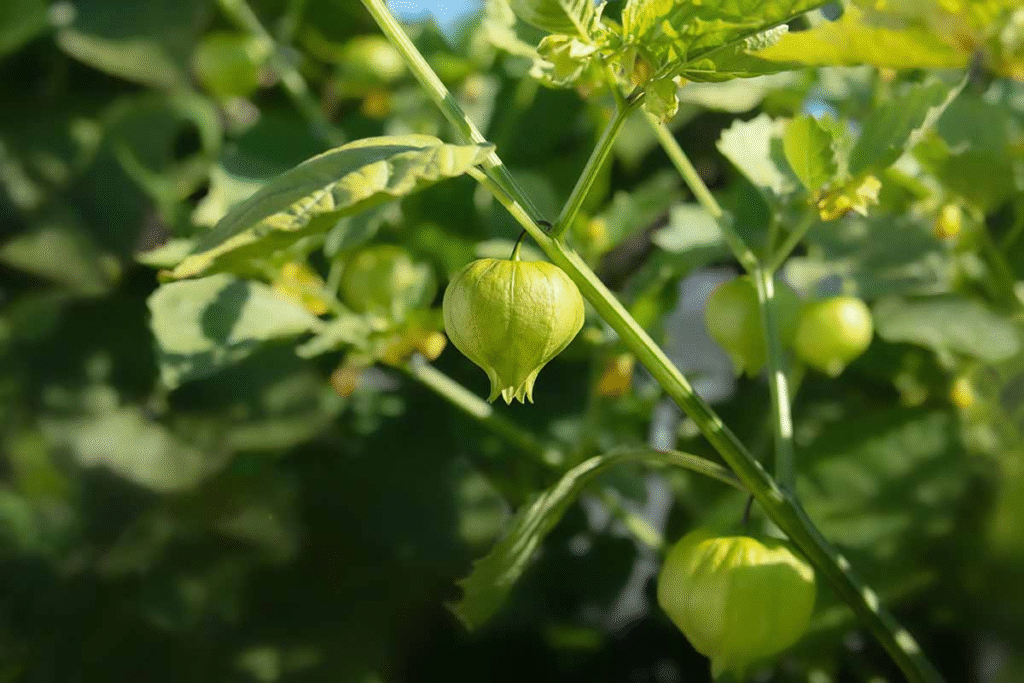
Growing Tomatillos Indoors
While challenging, it is possible to grow tomatillos indoors with the right setup:
Light Requirements
- Minimum 8-10 hours of direct sunlight from a south-facing window, or
- 14-16 hours under grow lights (LED or full-spectrum fluorescent)
- Position lights 6-12 inches above plants
Container and Soil
- 10-gallon containers minimum for mature plants
- Well-draining potting mix with 30% perlite for improved drainage
- Bottom layer of coarse material for drainage
Indoor Growing Tips
- Hand-pollinate flowers by gently shaking plants or using a small brush to transfer pollen between flowers (tomatillos require cross-pollination, so you’ll need at least two plants)
- Maintain temperatures between 65-85°F (18-29°C)
- Provide good air circulation with a small fan
- Be vigilant about pests—inspect plants regularly
- Select compact or determinate varieties when possible
The Importance of Cross-Pollination
Unlike tomatoes, tomatillos require cross-pollination to produce fruit. The U.S. Department of Agriculture research shows that tomatillos are largely self-incompatible, meaning pollen from one plant cannot effectively fertilize flowers on the same plant.
To ensure good fruit set:
- Plant at least two tomatillos (preferably different varieties)
- Create habitat for pollinators like bees and butterflies
- Hand-pollinate indoor plants with a small brush
Conclusion
Growing tomatillos at home is a rewarding endeavor that can supply you with these unique fruits for authentic Mexican cooking throughout the growing season. With their relatively low maintenance requirements and impressive productivity, tomatillos make an excellent addition to any food garden. By following the guidelines in this article, you’ll be well on your way to harvesting your own homegrown tomatillos and experiencing their distinctive tangy flavor in your culinary creations.
Whether you choose to grow them in your garden, in containers on your patio, or even indoors under lights, tomatillos can thrive with proper care and attention to their basic needs. The most important things to remember are providing adequate sunlight, consistent moisture, some support for the sprawling plants, and always growing at least two plants for proper pollination.

